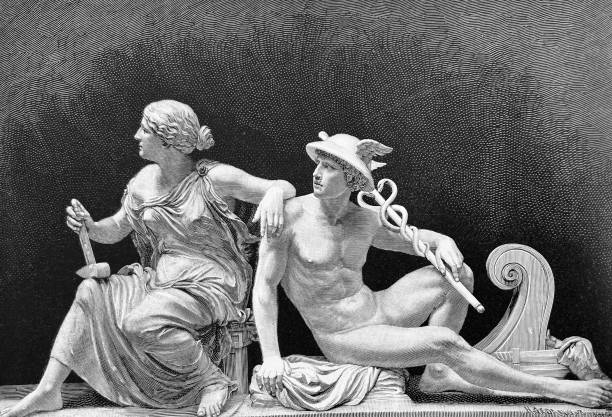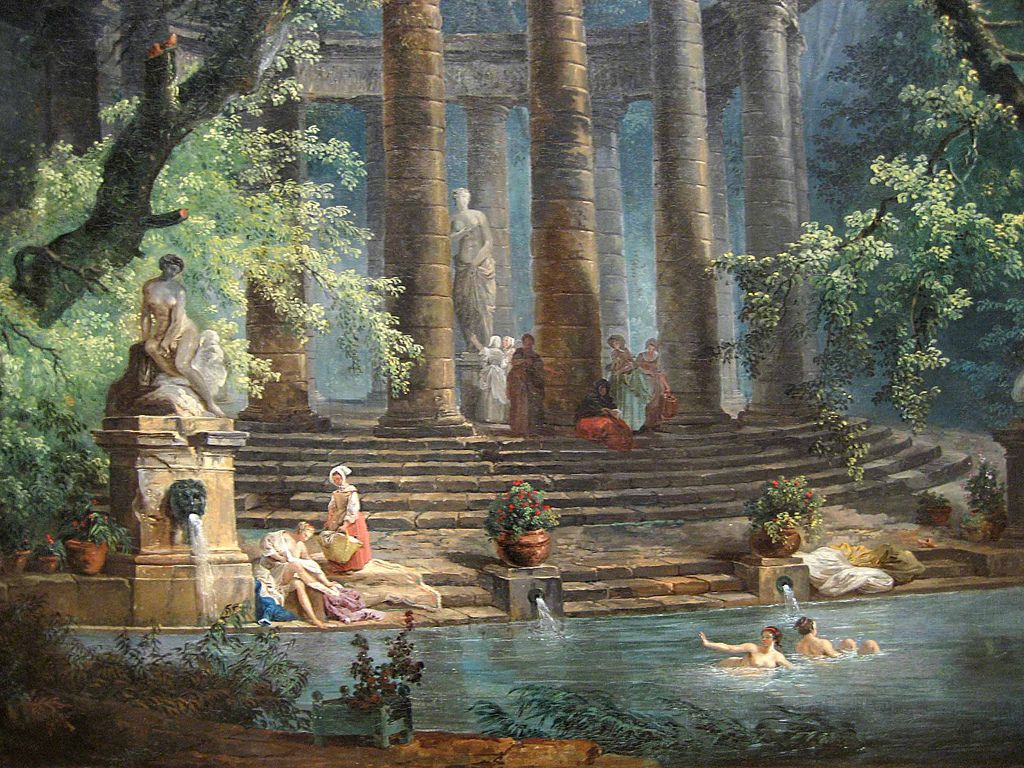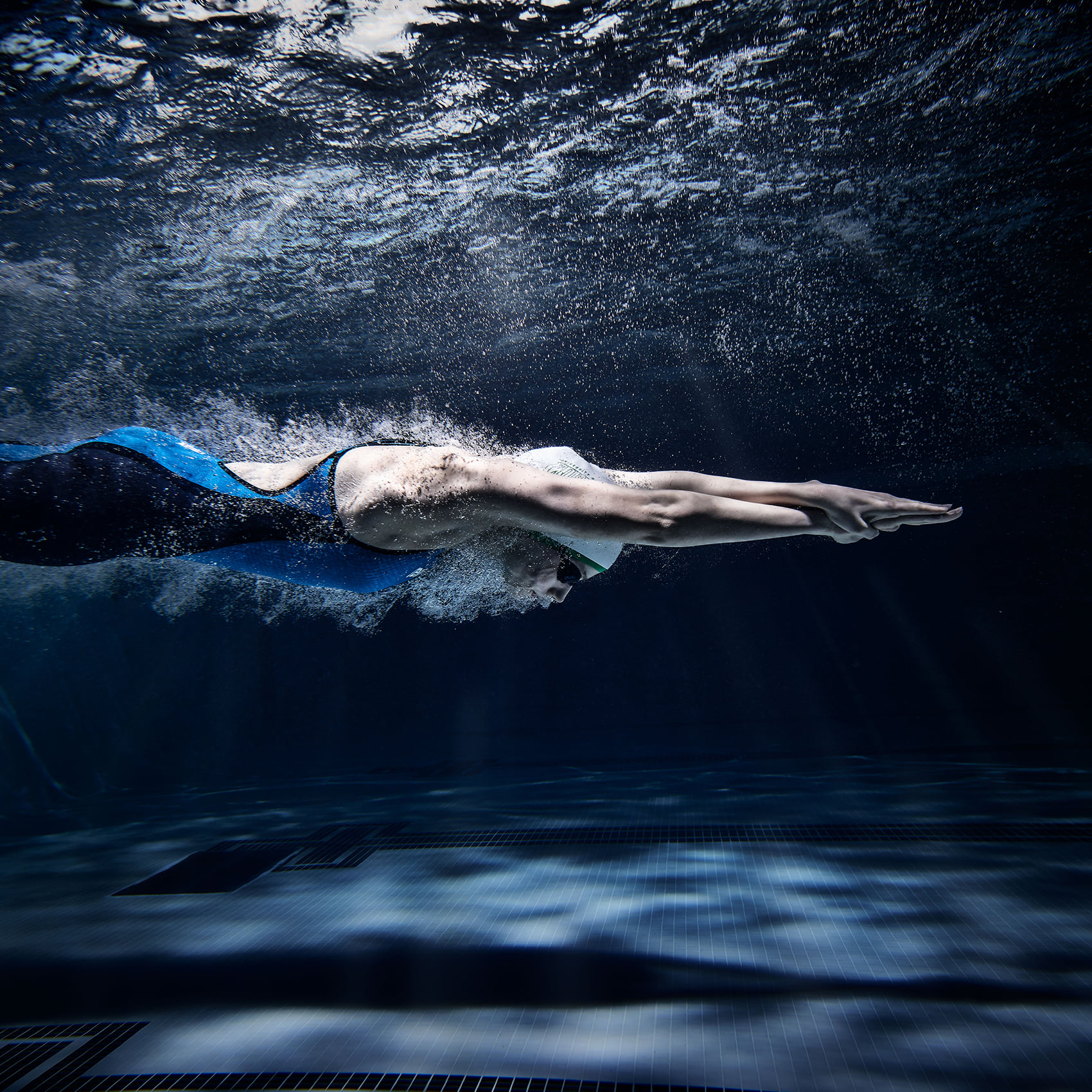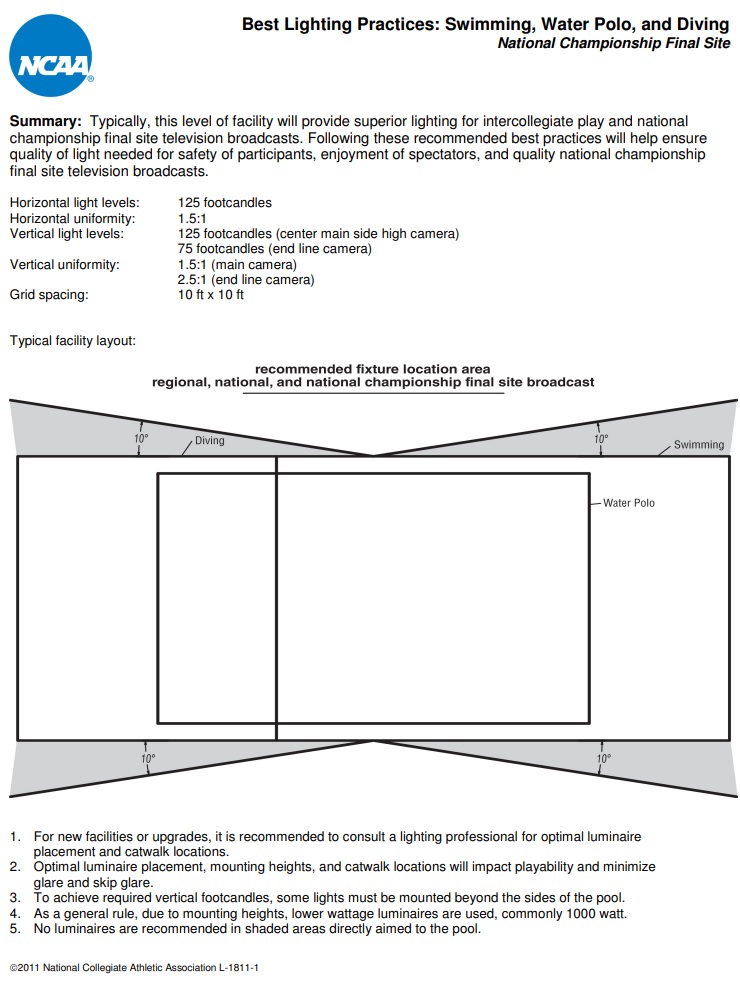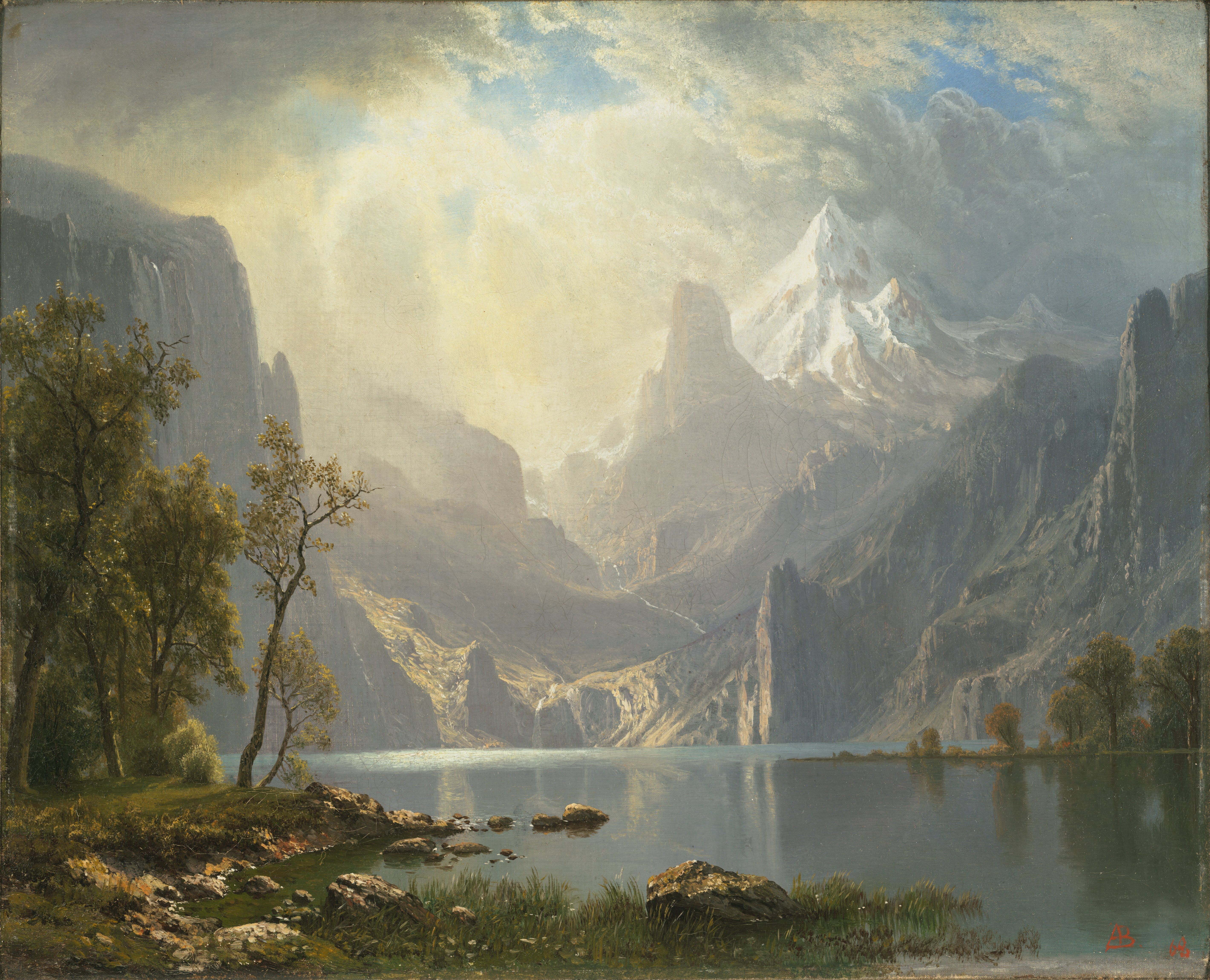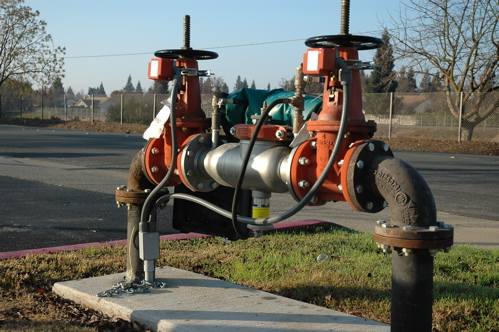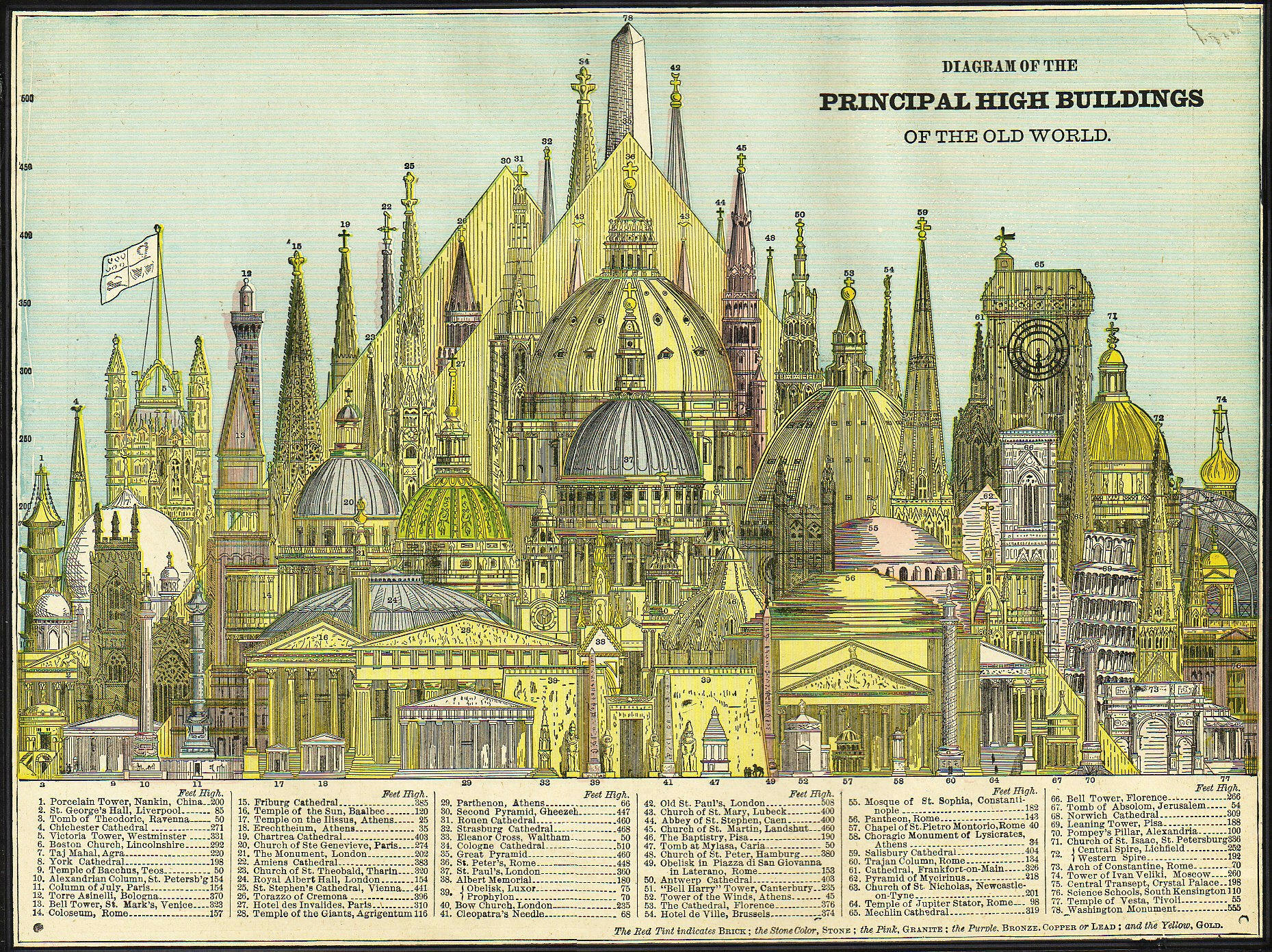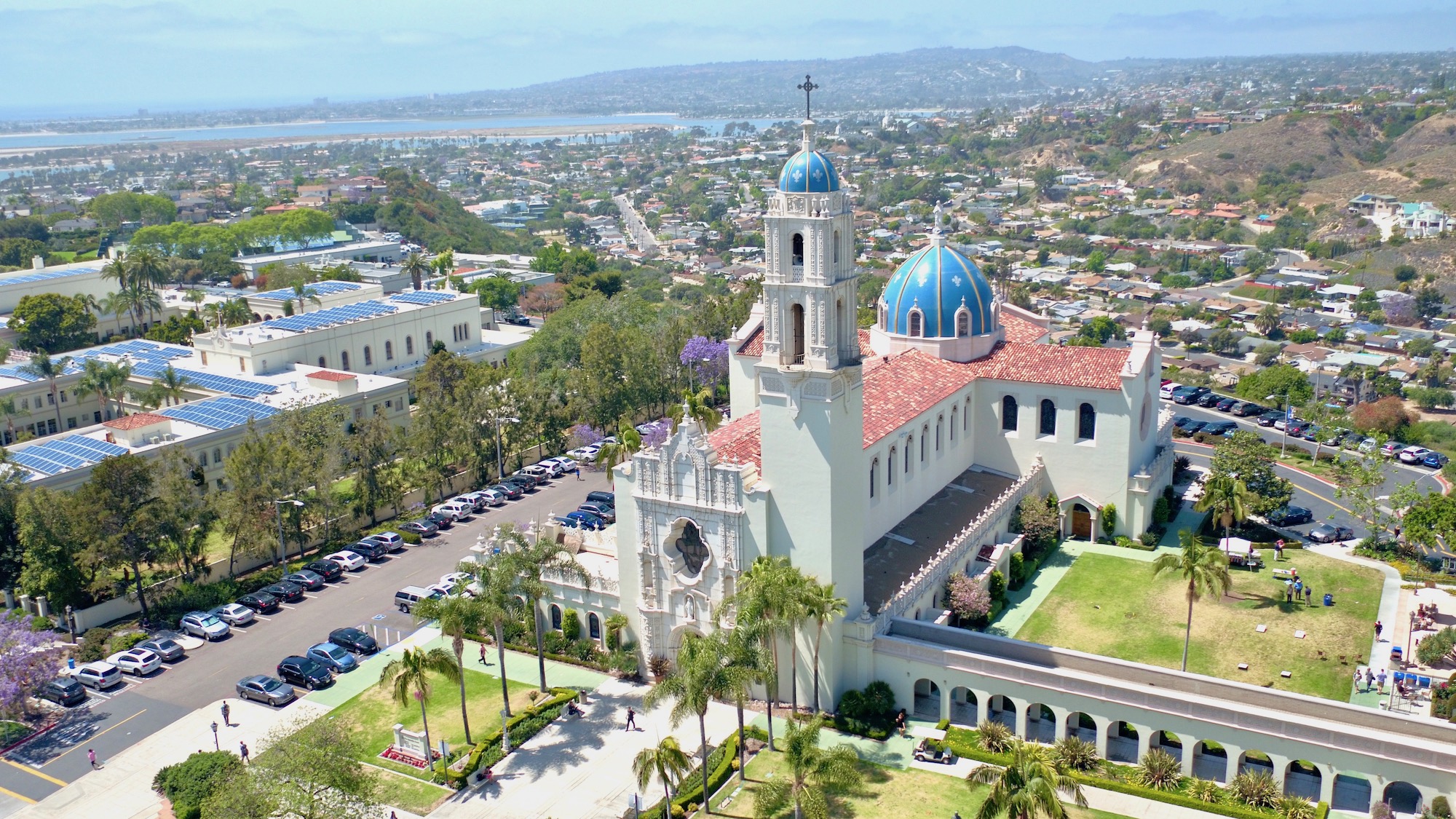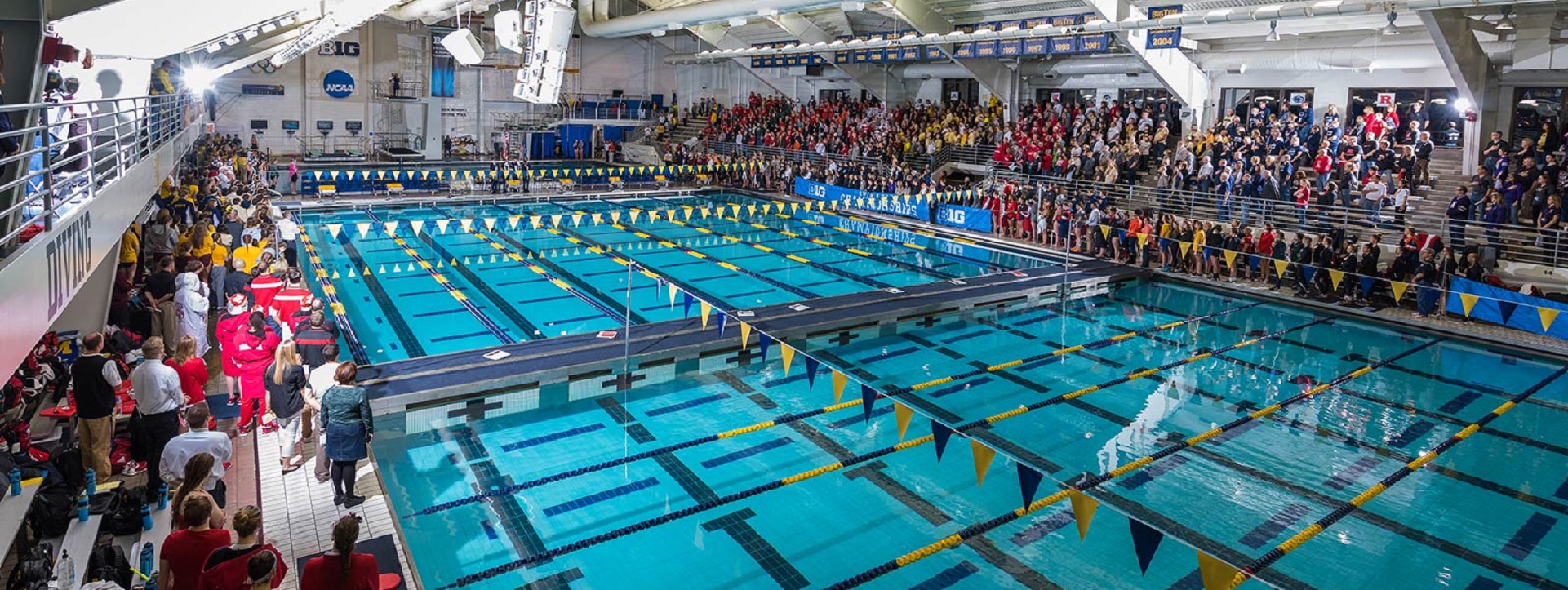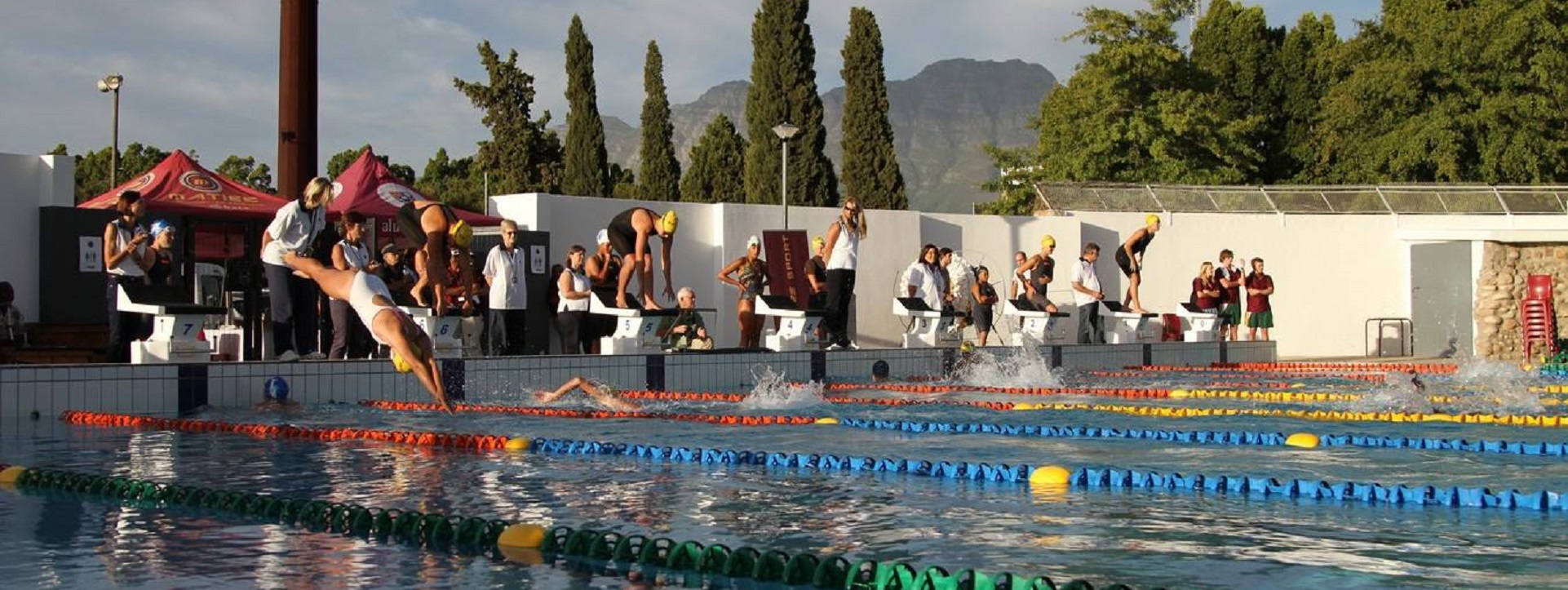Category Archives: Athletics/Sport/رياضة
- Home
- Archive by category "Athletics/Sport/رياضة" (Page 3)

Synthetic Turf Guidelines
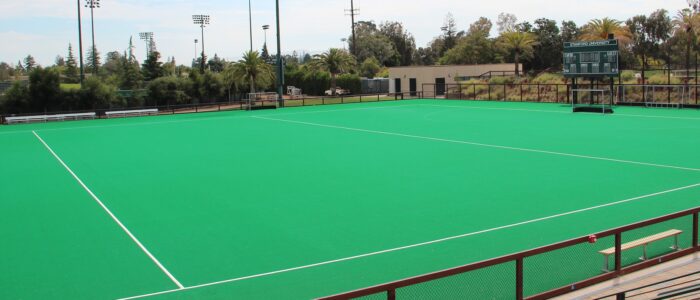
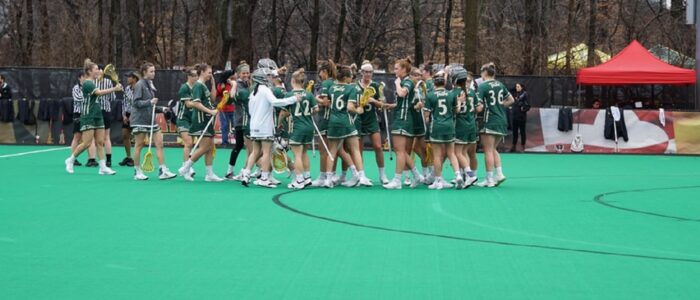
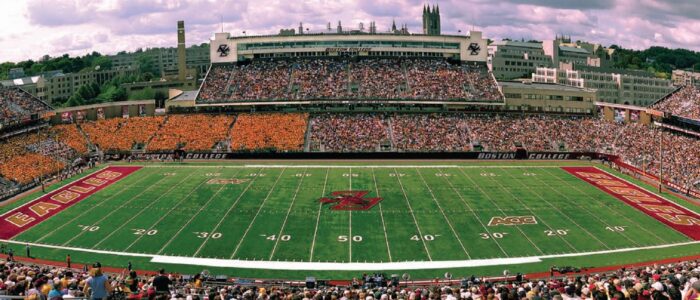
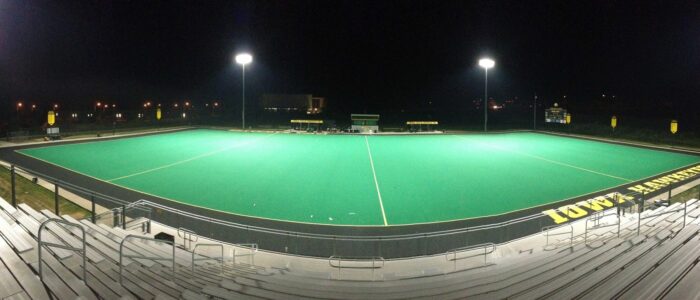
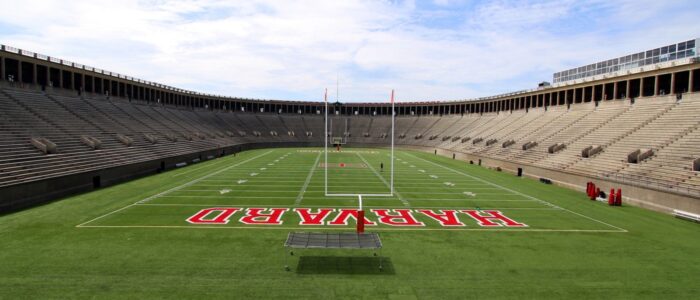
The Synthetic Turf Council is a 501(c)6 non-profit trade association serving the synthetic turf industry. Its vision is to improve the world through synthetic turf. Its mission is to serve as the global forum to promote, develop, grow and advocate for the synthetic turf industry. As a voice in its industry, it promotes the benefits of synthetic turf systems, it provides credentialing services and, for our purpose produces a bibliography of consensus products relevant to the education facility industry:
Synthetic Turf Council Technical Guidelines
You may communicate directly with the Council at the link below:
Synthetic Turf Council Contact Information
We do not find any open public consultations at the moment but we keep the Council’s consensus products in on the standing agenda of our Sport teleconferences. See our CALENDAR for the next online meeting.
LEARN MORE:
White Papers & Technical Presentations
Summer Sport
“No citizen has a right to be an amateur in the matter of physical training…
what a disgrace it is for a man to grow old without ever seeing
the beauty and strength of which his body is capable.”
— (Plato, Republic 403d)
Today we slice horizontally through the multitude of technical and policy silos applicable to seasonal recreational and competitive sport activity. We limit our examination to the conformance catalogs of ANSI. ASHRAE. ASTM, AWWA, ICC, IEEE, IES, NFPA, NSF International, and UL.
Relevant changes proposed for the next revision of the International Building Code:
Sprinkler coverage over bleachers or sport spectator seating (p. 665)
Lightning Protection Systems (p. 751)
Spectator live loading on bleachers (p. 1098)
Permitting of outdoor luminaires per zoning codes (p. 2587-2593)
Last year we examined the standards that applies to the 2024 Paris Olympics; worth a second look this year and in anticipation of the 2028 Summer Olympics in Los Angeles
We deal with the catalogs of CSA, DNV GL ISO, IEC, SGS, TIC and TÜV in a separate, international session.
The moment a father consoles daughter after missing out on olympics medal
pic.twitter.com/kSHd4AIH4Z— Science girl (@gunsnrosesgirl3) August 8, 2024
More:
Uniform Swimming Pool, Spa & Hot Tub Code
2024 Uniform Swimming Pool, Spa and Hot Tub Code
The IAPMO code development process is one of the best in the land. Its Read-Only Access — needed for light research — is also the best in the land; unlike other ANSI accredited standards developers (who shall be un-named). The current edition is dated 2024, with the 2027 revision accepted public input until March 3, 2025 according the schedule linked below:
2027 USPSHTC Code Development Calendar
Related:
Swimming, Water Polo and Diving Lighting
“In swimming, there are no referees, no foul lines,
no time-outs, and no substitutions.
It’s just you and the water.” – Unknown
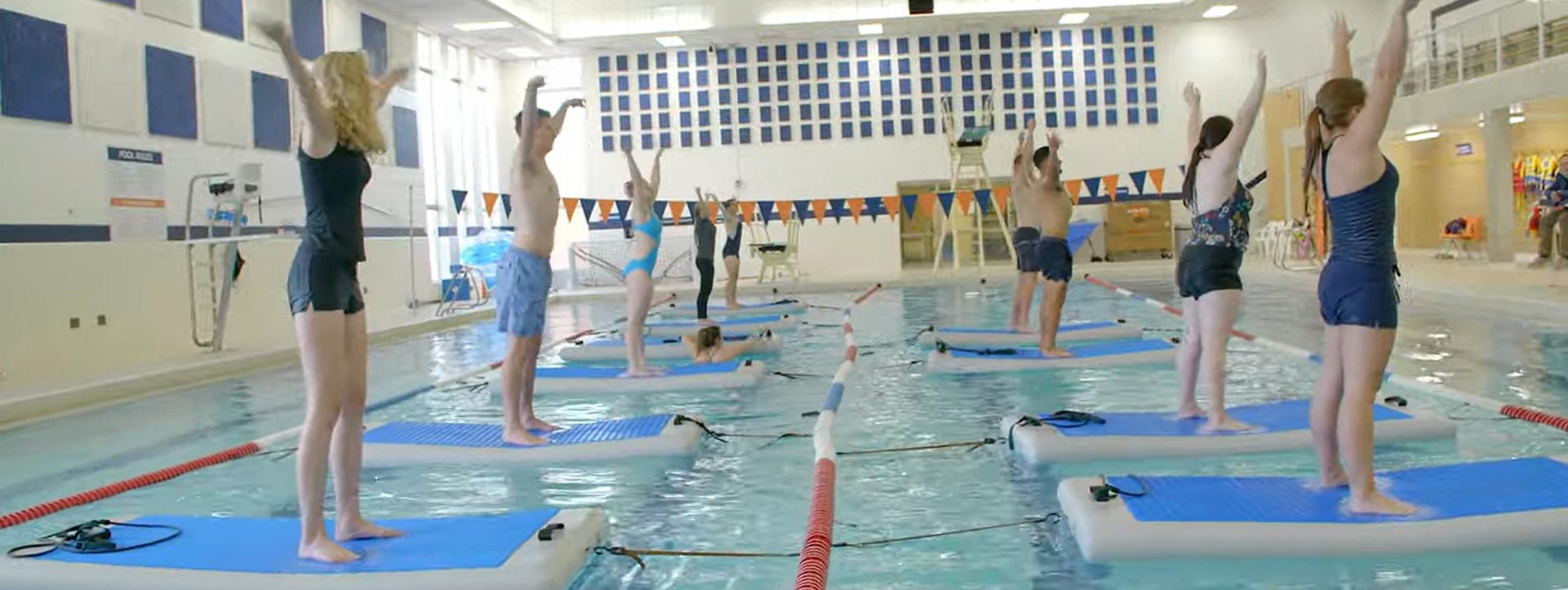
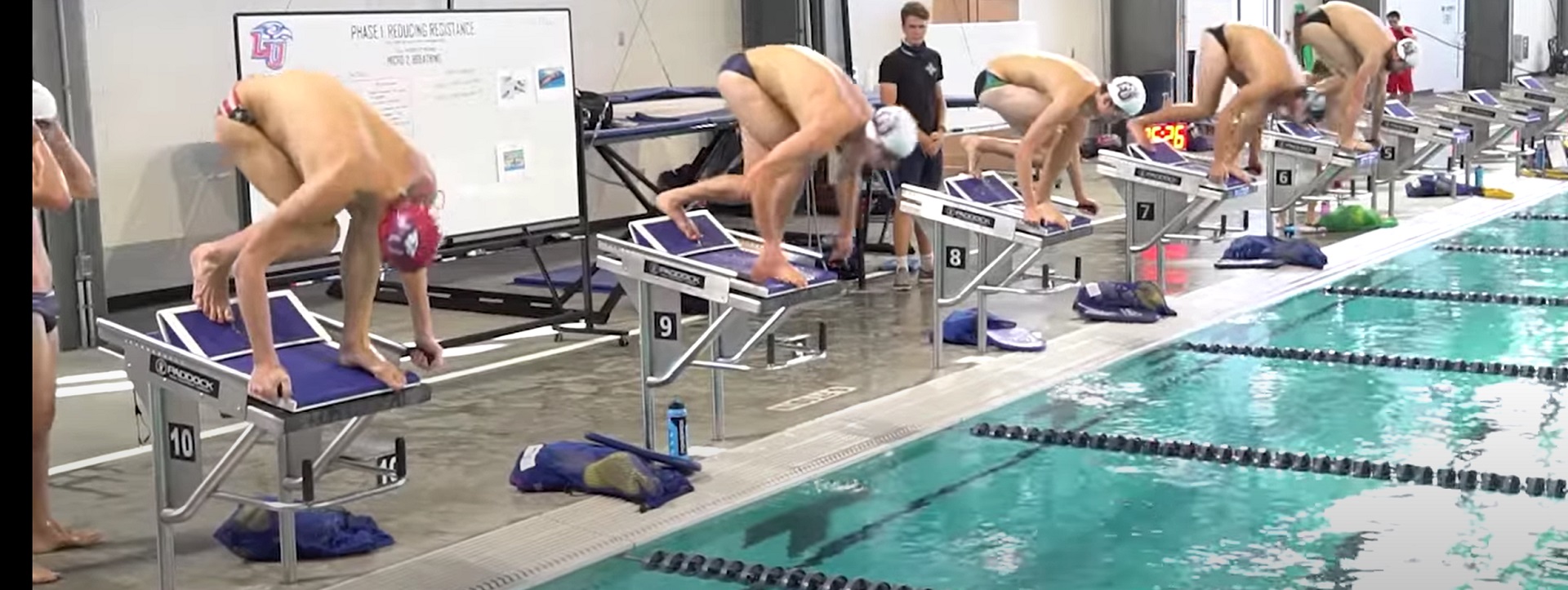
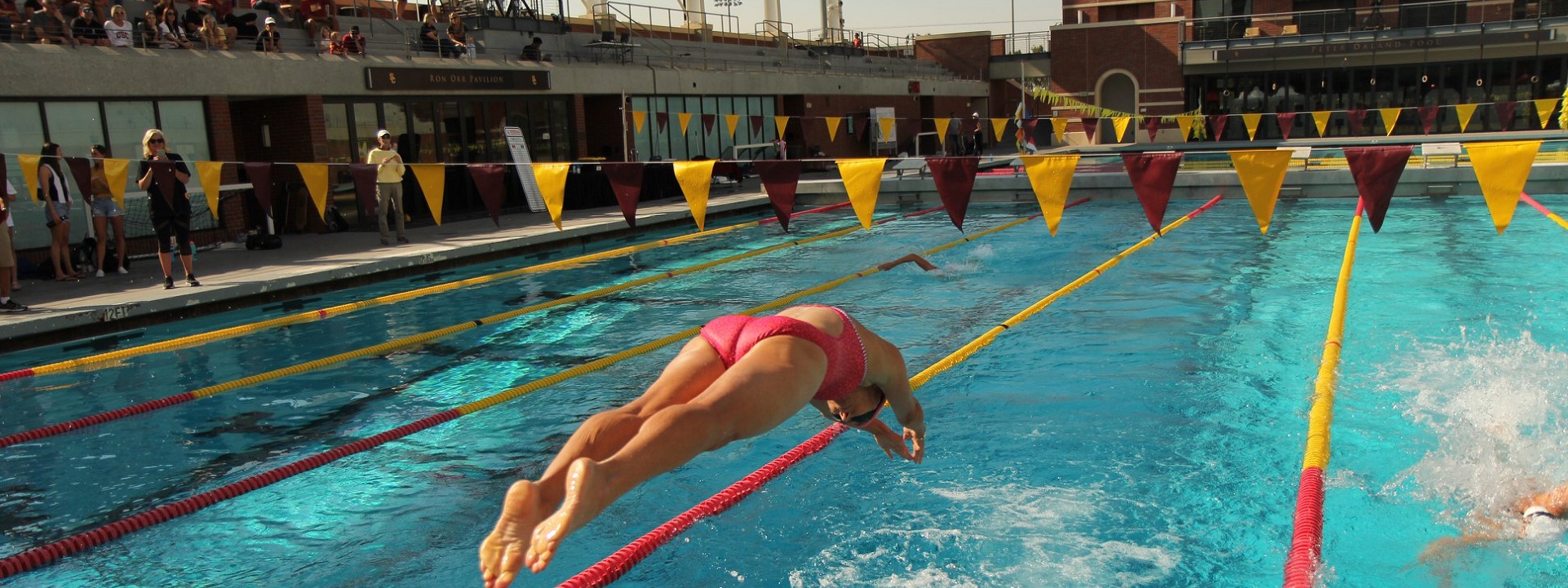
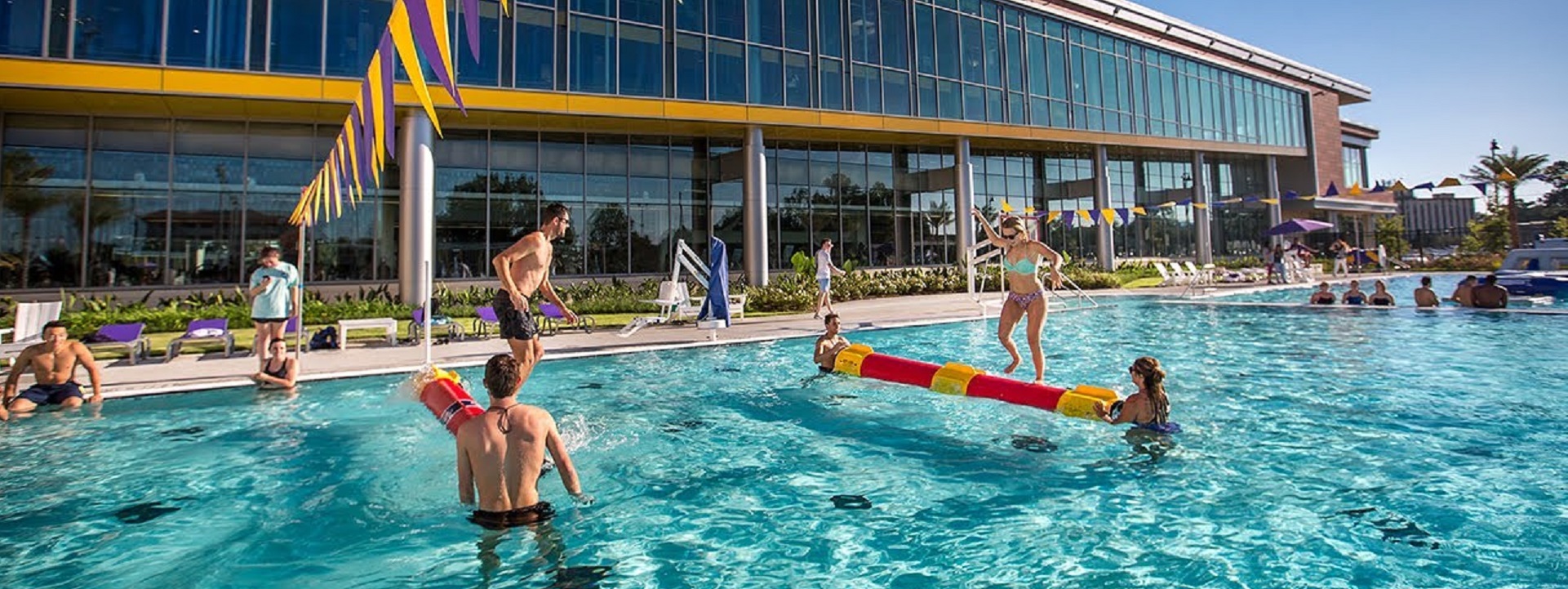
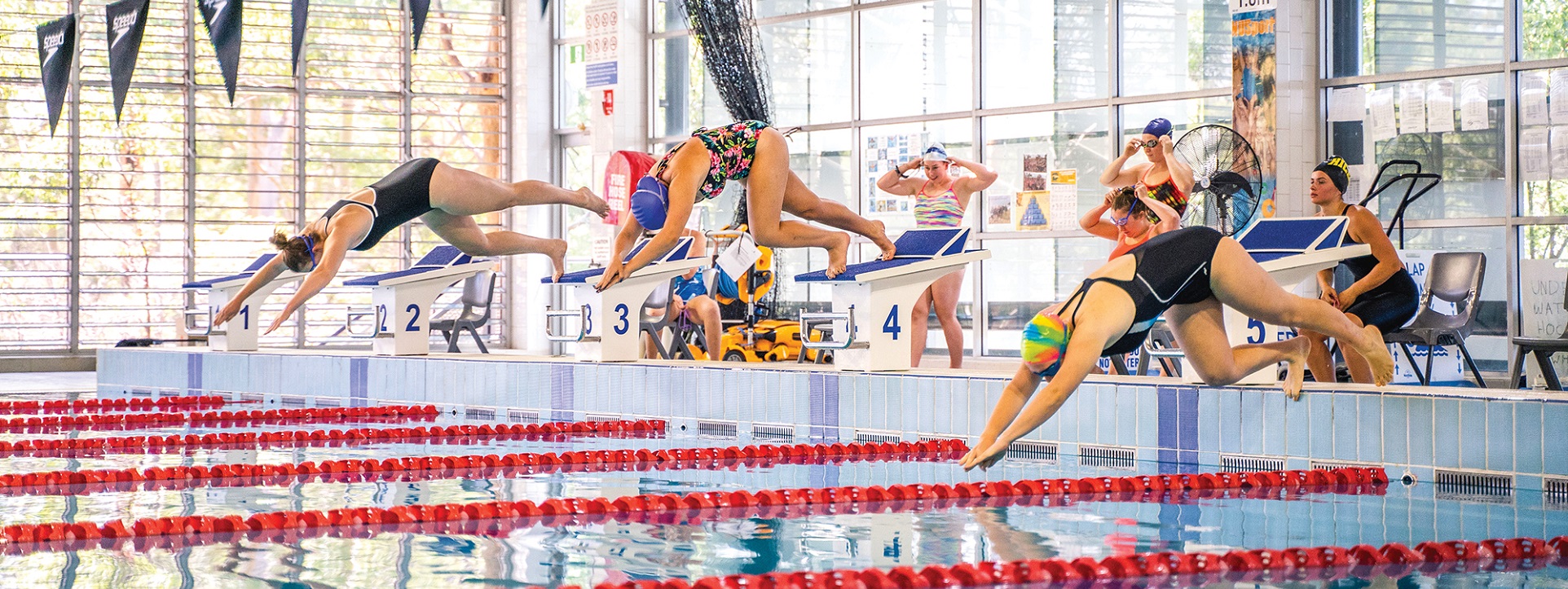
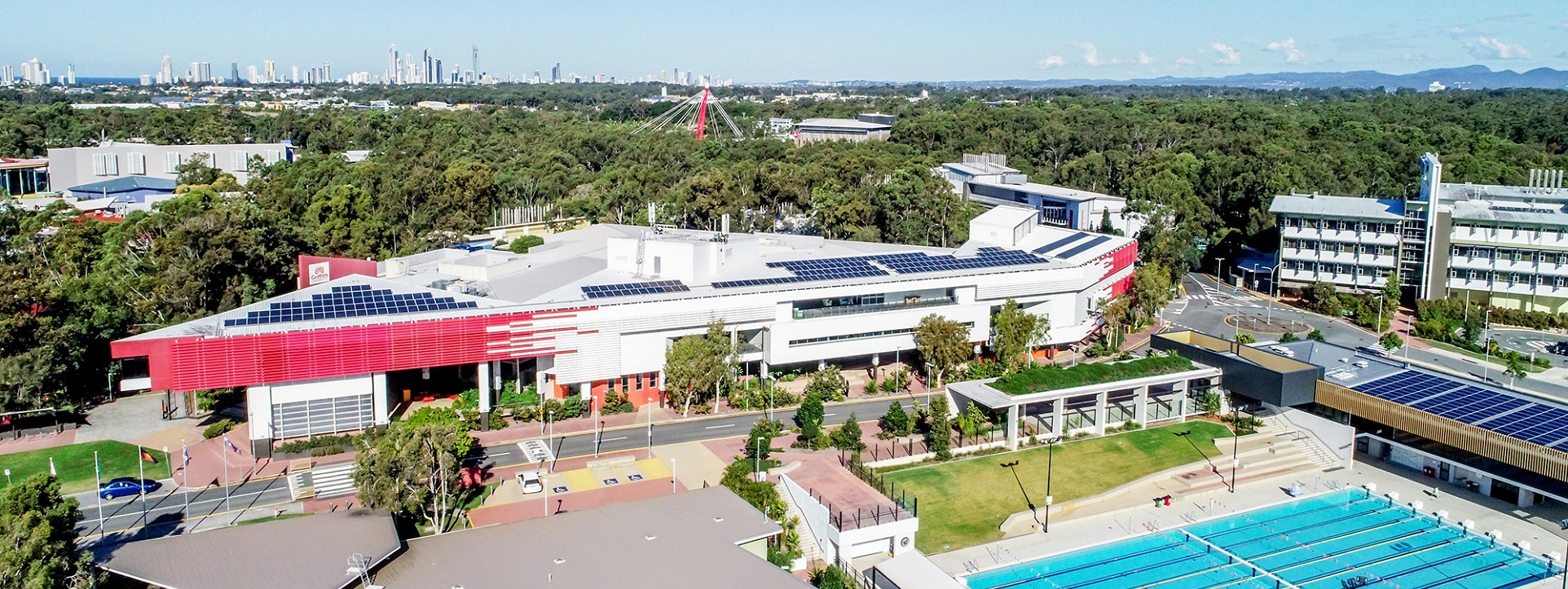
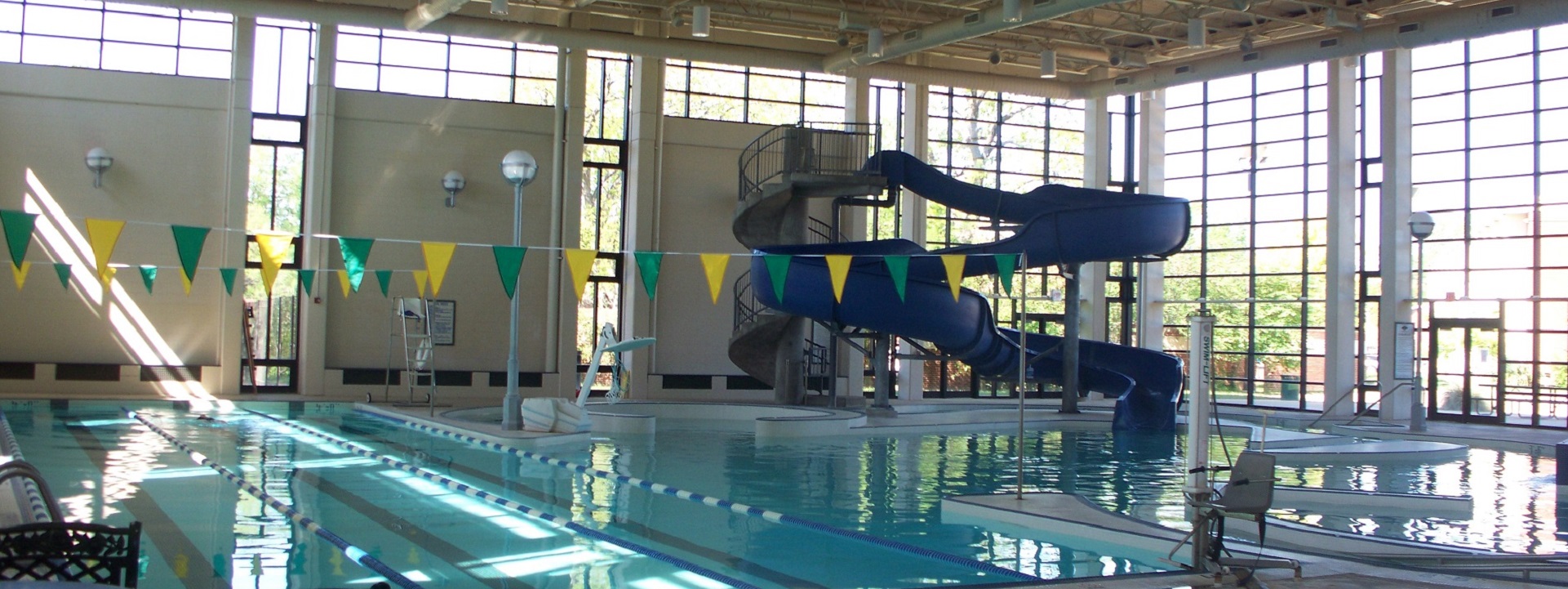
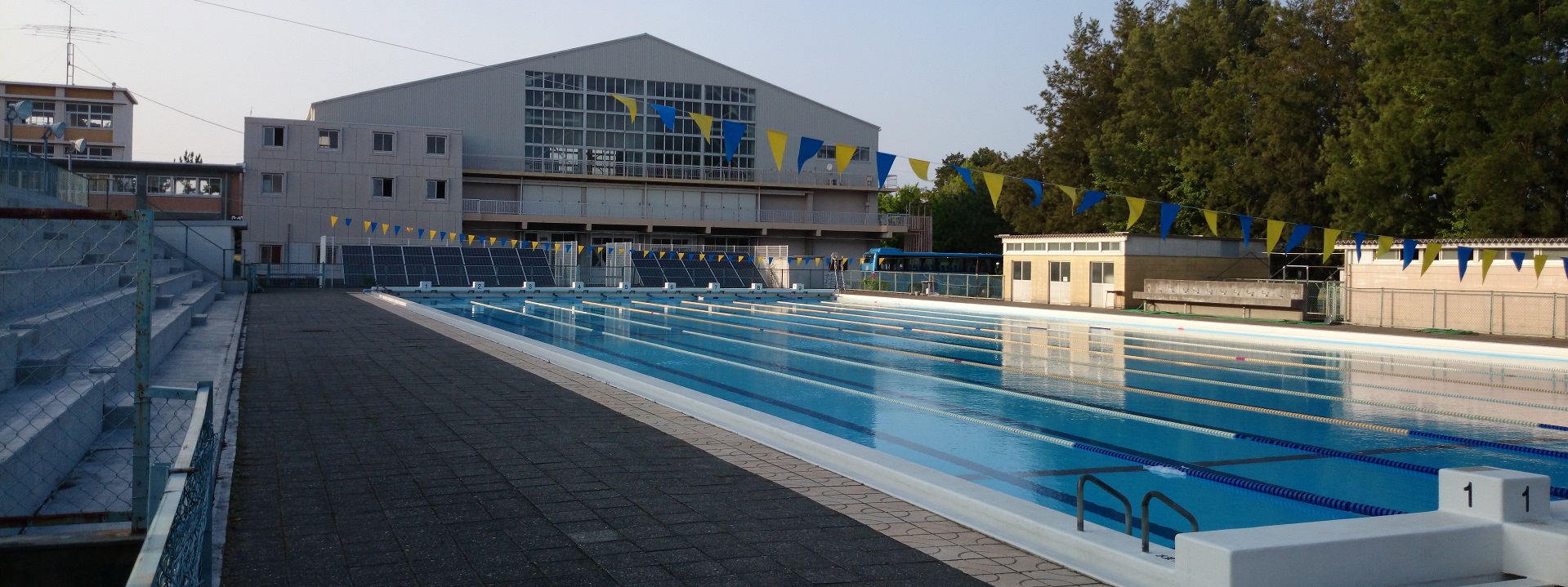
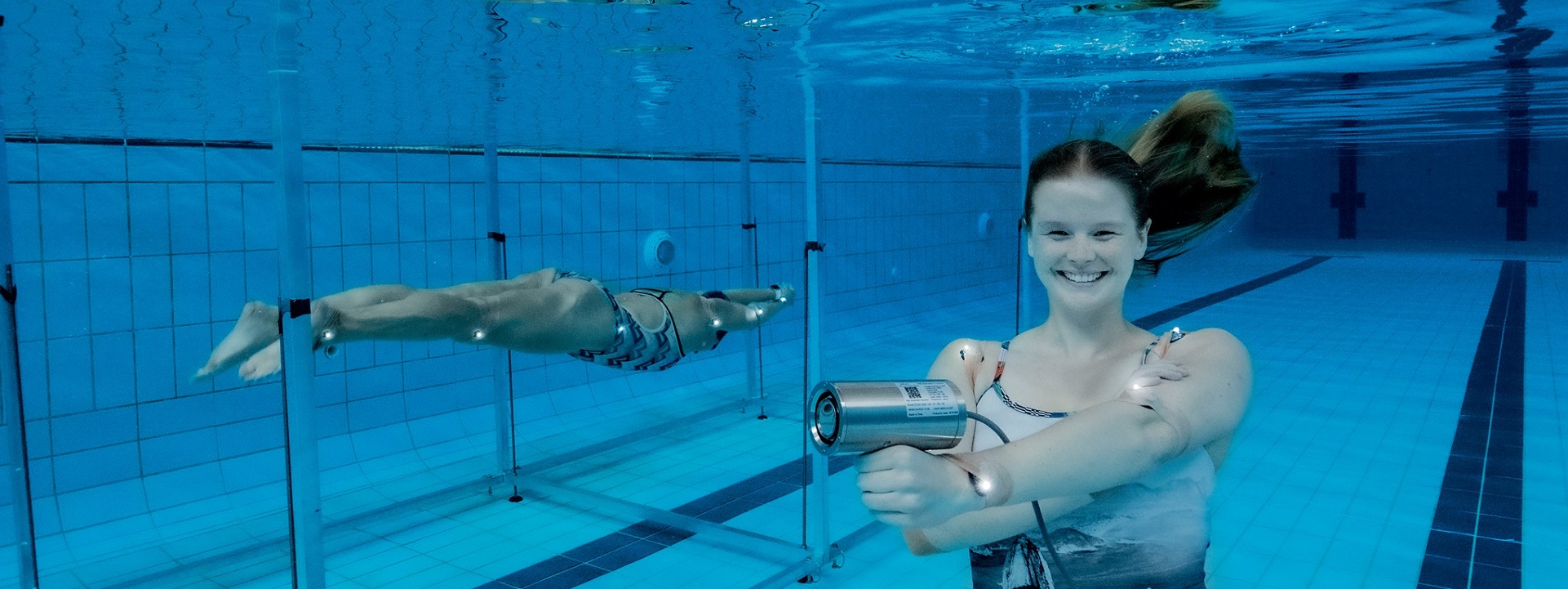
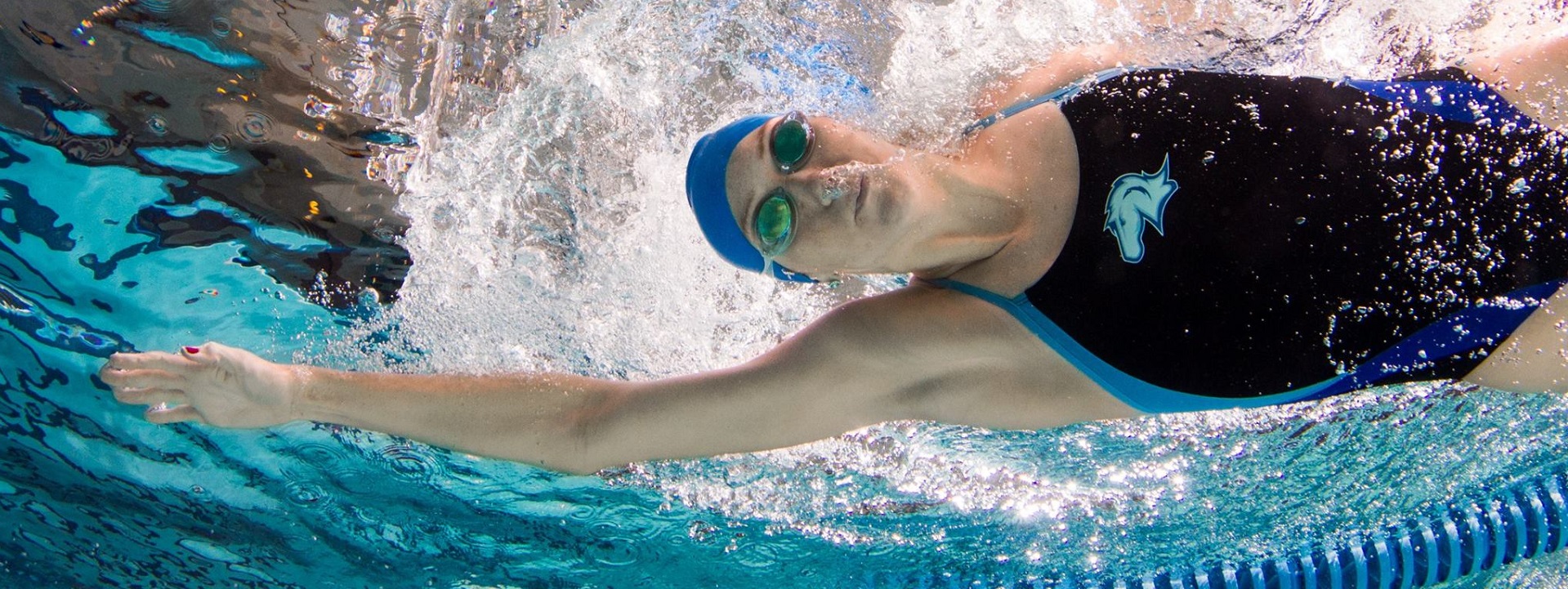
There are several specific problems that swimming pool overhead lighting aims to solve:
- Visibility: Swimming pool overhead lighting is designed to improve visibility in and around the pool. This is important for safety reasons, as it helps swimmers see where they are going and avoid obstacles or hazards.
- Aesthetics: Overhead lighting can enhance the appearance of the swimming pool by creating a visually appealing atmosphere. This is especially important for commercial pools where the aesthetics can be an important factor in attracting customers.
- Functionality: Overhead lighting can provide additional functionality by allowing the pool to be used during evening hours or in low light conditions. This can increase the usability of the pool and make it more appealing to users.
- Energy efficiency: Modern overhead pool lighting solutions are designed to be energy-efficient, reducing the overall energy consumption and operating costs of the pool.
- Longevity: Overhead pool lighting must be designed to withstand exposure to water, chlorine, and other harsh chemicals, as well as exposure to the elements. The lighting system must be durable and reliable to ensure longevity and prevent costly repairs or replacements.
Overall, swimming pool overhead lighting is an important component of a safe, functional, and visually appealing pool. It provides illumination for visibility, enhances aesthetics, and improves functionality, while also being energy-efficient and durable.
After athletic arena life safety obligations are met (governed legally by NFPA 70, NFPA 101, NFPA 110, the International Building Code and possibly other state adaptations of those consensus documents incorporated by reference into public safety law) business objective standards may come into play. For almost all athletic facilities, the consensus documents of the Illumination Engineering Society[1], the Institute of Electrical and Electronic Engineers[2][3] provide the first principles for life safety. For business purposes, the documents distributed by the National Collegiate Athletic Association inform the standard of care for individual athletic arenas so that swiftly moving media production companies have some consistency in power sources and illumination as they move from site to site. Sometimes concepts to meet both life safety and business objectives merge.
During water sport season the document linked below provides information to illumination designers and facility managers:
Athletic programs are a significant source of revenue and form a large part of the foundation of the brand identity of most educational institutions in the United States. We focus primarily upon the technology standards that govern the safety, performance and sustainability of these enterprises. We collaborate very closely with the IEEE Education & Healthcare Facilities Committee where subject matter experts in electrical power systems meet 4 times each month in the Americas and Europe.
See our CALENDAR for our next colloquium on Sport facility codes and standards. We typically walk through the safety and sustainability concepts in play; identify commenting opportunities; and find user-interest “champions” on the technical committees who have a similar goal in lowering #TotalCostofOwnership.
Issue: [15-138]*
Category: Electrical, Architectural, Arts & Entertainment Facilities, Athletics
Colleagues: Mike Anthony, Jim Harvey, Jack Janveja, Jose Meijer, Scott Gibbs
More
Water Safety & Sustainability
The American Water Works Association is one of the first names in accredited standards developers that administer leading practice discovery in backflow prevention consensus documents; usually referenced in local and state building codes; and also in education facility design guidelines and construction specifications.
The original University of Michigan standards enterprise gave highest priority to backflow standards because of their central importance of backflow management to education communities; especially large research universities nested within a municipal water system. Backflow prevention; an unseen technology that assures a safe drinking water supply by keeping water running in one direction by maintaining pressure differences. Analogous to the way we want electrical current to run in one direction, failure of backflow prevention technology poses a near-instantaneous health risk for the contamination of potable water supplies with foul water. In the most obvious case, a toilet flush cistern and its water supply must be isolated from the toilet bowl. In a less obvious case, but at greater scale, a damaged backflow prevention technology at a university research building can contaminate an host-community potable water supply.
There are other ANSI accredited standards developers in the backflow prevention technology space — the International Code Council, the IAPMO Group and ASSE International — for example.
At the moment no AWWA redlines relevant to our objective are open for consultation. Several relatively stabilized product standards are marked up but none dealing specifically with interoperability issues. When they are uploaded you may access them at the link below:
AWWA Standards Public Comment Home Page
Students and Young Professionals
AWWA is the first name in US-based water standards so we maintain the AWWA catalog on our Plumbing & Water colloquia. See our CALENDAR for the next online meeting; open to everyone.
Issue: [11-57]
Category: Water Safety, Plumbing, Mechanical
Colleagues: Mike Anthony, Richard Robben, Steve Snyder, Larry Spielvogel
Happy birthday, Mary Oliver: ✨ pic.twitter.com/ZHxWgNZBaX
— Dr. Maya C. Popa (@MayaCPopa) September 10, 2023
LEARN MORE
Building Structural Maintenance
Key Codes and Standards:
International Building Code (IBC): Widely used in the United States and other regions, the IBC sets minimum requirements for structural design, materials, and maintenance to ensure safety and performance. It references standards like ASCE 7 (Minimum Design Loads and Associated Criteria for Buildings and Other Structures) for load calculations (e.g., wind, seismic, snow).Maintenance provisions require regular inspections and repairs to address issues like cracking or deterioration.
ACI 318 (Building Code Requirements for Structural Concrete): Published by the American Concrete Institute this standard governs the design and construction of concrete structures.Includes requirements to control cracking (e.g., reinforcement detailing, concrete mix design) and ensure durability under environmental exposure.Maintenance guidelines recommend periodic inspections for cracks, spalling, or reinforcement corrosion.
AISC 360 (Specification for Structural Steel Buildings): Published by the American Institute of Steel Construction, this standard covers the design, fabrication, and erection of steel structures. Addresses fatigue, connection design, and corrosion protection to prevent structural failure. Maintenance involves inspecting for issues like weld imperfections or coating degradation.
-
ACI 562 (Assessment, Repair, and Rehabilitation of Existing Concrete Structures):
-
Provides a framework for evaluating and repairing concrete structures to address cracking, spalling, or other damage.
-
Emphasizes regular inspections and timely repairs to maintain structural integrity.
-
-
NACE/SP0108 (Corrosion Control of Offshore Structures):
-
Covers maintenance practices to prevent corrosion-related failures in steel structures.
-
-
ASTM E2270 (Standard Practice for Periodic Inspection of Building Facades):
-
Outlines procedures for inspecting facades to identify cracking, water infiltration, or other issues that could lead to structural problems.
-
IEEE: Structural Health Monitoring system based on strain gauge enabled wireless sensor nodes
Exploration of the Theory of Electric Shock Drowning
Exploration of the Theory of Electric Shock Drowning
Jesse Kotsch – Brandon Prussak – Michael Morse – James Kohl
Abstract: Drowning due to electric shock is theorized to occur when a current that is greater than the “let go” current passes through a body of water and conducts with the human body. Drowning would occur when the skeletal muscles contract and the victim can no longer swim. It is theorized that the likelihood of receiving a deadly shock in a freshwater environment (such as a lake) is higher than the likelihood in a saltwater environment (such as a marina). It is possible that due to the high conductivity of salt water, the current shunts around the individual, while in freshwater, where the conductivity of the water is lower than that of the human; a majority of the current will travel through the individual. The purpose of this research is to either validate or disprove these claims. To address this, we used Finite Element analysis in order to simulate a human swimming in a large body of water in which electric current has leaked from a 120V source. The conductivity of the water was varied from .005 S/m (pure water) up to 4.8 S/m (salt water) and the current density through a cross sectional area of the human was measured. With this research, we hope to educate swimmers on the best action to take if caught in such a situation.
CLICK HERE to order complete paper.
Swimming Pool Dimensions and Construction
He swims like the art of poetry. pic.twitter.com/rrhMP83DQD
— The Figen (@TheFigen_) July 12, 2025
A standard Olympic-sized swimming pool is defined by the following dimensions:
- Length: 50 meters
- Width: 25 meters
- Depth: A minimum of 2 meters
- Lanes: 10 lanes, each 2.5 meters wide
The total area of the pool is therefore 1,250 square meters, and it holds approximately 2,500 cubic meters (or 2.5 million liters) of water.
The organization that sets the standards for Olympic-sized pools is the Fédération Internationale de Natation (FINA) — now World Aquatics — the governing body for swimming, diving, water polo, synchronized swimming, and open water swimming. FINA establishes the regulations for the dimensions and equipment of competition pools used in international events, including the Olympic Games.
The top ten universities that have produced Olympic champion:
- University of Southern California (USC)
- Stanford University
- University of California, Berkeley (UC Berkeley)
- University of Florida
- University of Texas at Austin
- University of Michigan – Michael Phelps, the most decorated Olympian of all time.
- Indiana University
- Auburn University
- University of Georgia
- University of Arizona
News:
Swimming like a poem …pic.twitter.com/zT2YUVEzoP
— Figen (@TheFigen_) September 21, 2024
Swim Swam: 2024 Pool “Slow” and not setting records
Paris Olympics swimmers noticing pool is ‘slow’
Make architecture powerful again pic.twitter.com/vQCrbT0TLE
— Pepijn Leonard Demortier (@PepijnDemortier) November 24, 2024
New update alert! The 2022 update to the Trademark Assignment Dataset is now available online. Find 1.29 million trademark assignments, involving 2.28 million unique trademark properties issued by the USPTO between March 1952 and January 2023: https://t.co/njrDAbSpwB pic.twitter.com/GkAXrHoQ9T
— USPTO (@uspto) July 13, 2023
Standards Michigan Group, LLC
2723 South State Street | Suite 150
Ann Arbor, MI 48104 USA
888-746-3670



